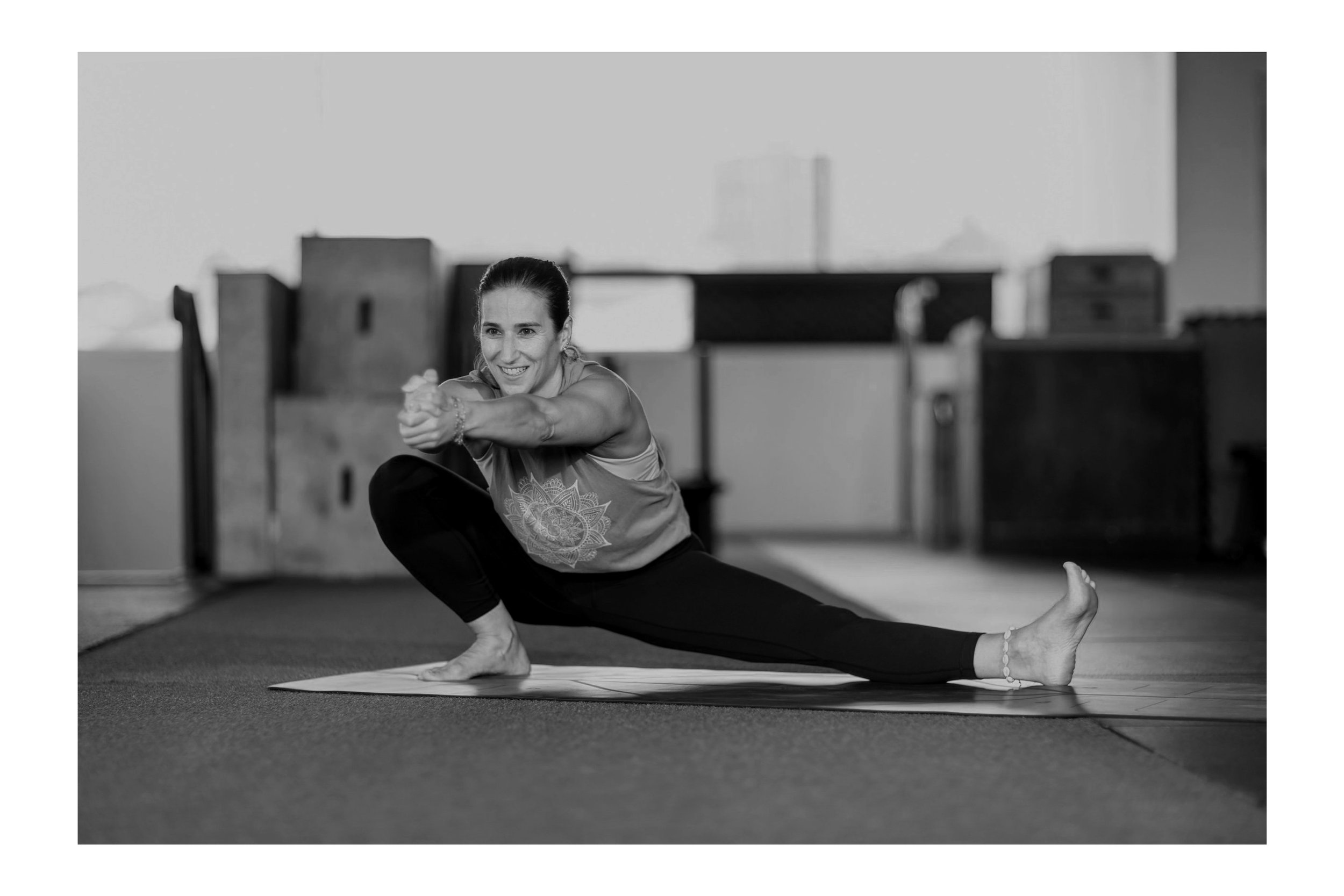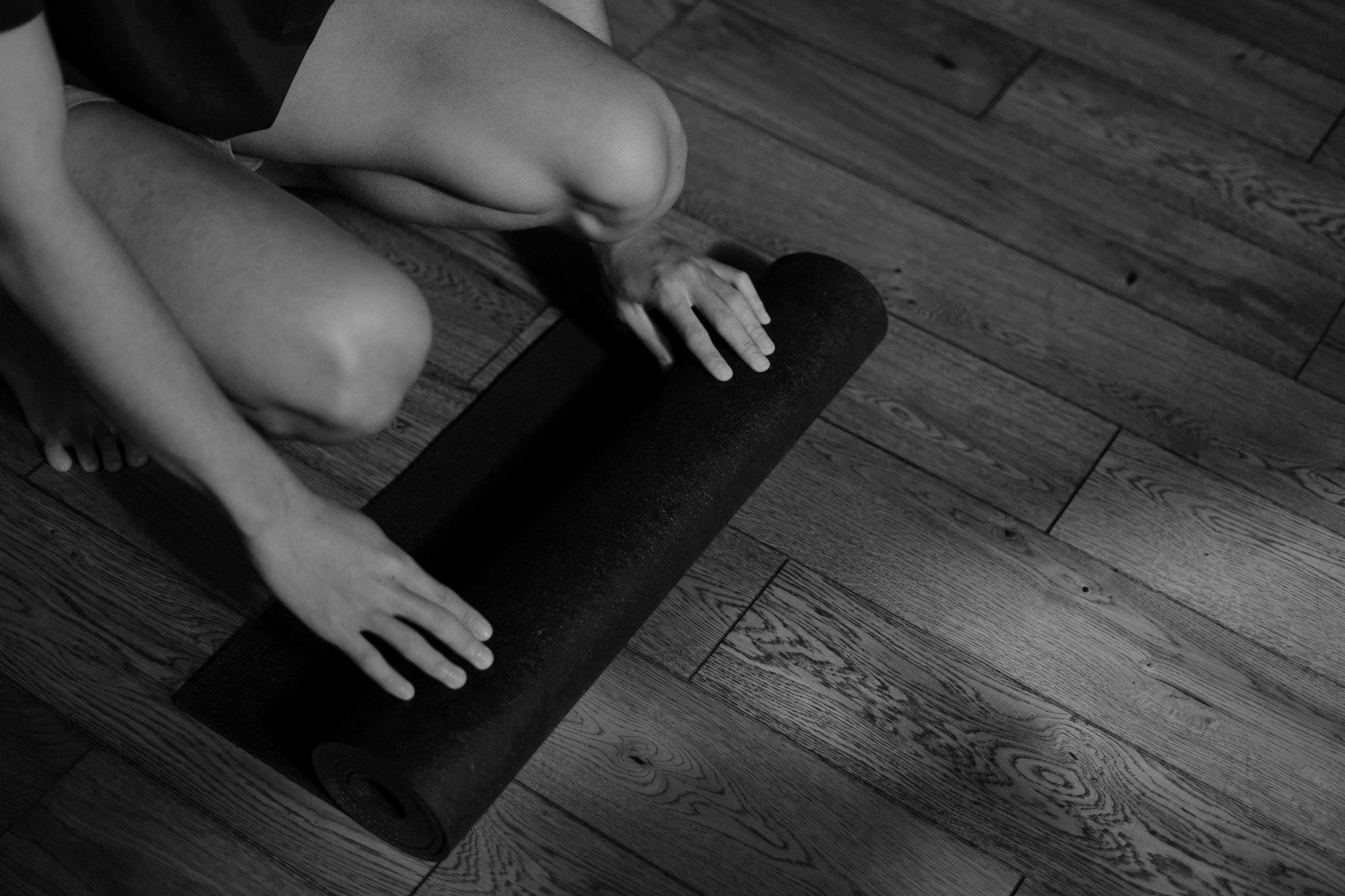
A Smarter Approach to Mobility, Strength & Menopause Support
Women’s bodies change over time—and so should the way we train. Traditional fitness programs often ignore the unique needs of women over 40, leading to frustration, pain, and injuries.
That’s why I developed Strength Her Way—a method designed to help you move better, feel stronger, and navigate the transitions of perimenopause and menopause with confidence.
This isn’t just about lifting weights or stretching more—it’s about training smarter, not harder. By combining mobility, strength, power, balance, and nervous system regulation, my method helps you reduce pain, prevent injuries, and feel more in tune with your body—without working against it.
How It Works:
My method integrates science-backed training principles with a holistic approach to movement and recovery:
✔ Strength Training
Maintain muscle mass, protect bone density, and improve overall resilience.
✔ Aerobic Capacity
Boost cardiovascular health and endurance without excessive strain.
✔ Mobility & Flexibility
Expand range of motion and reduce joint stiffness caused by hormonal changes.
✔ Balance & Stability
Prevent falls and improve core control as your body adapts to aging.
✔ Power Training
Keep your body responsive and reactive to prevent injuries.
✔ Downregulation Techniques
Reduce stress and optimize recovery and nervous system regulation.
✔ Mind-Body Connection
Foster mindfulness and self-awareness, deepening the connection between movement and overall well-being.
Expanding Mobility, Strength & Control
The Strength Her way method integrates a structured, science-backed approach to improving joint mobility, flexibility, and strength while ensuring long-term movement resilience.
-
Before making any changes, I first assess joint range of motion (ROM), tissue length, and capsular restrictions to identify movement limitations. Using joint play assessments and passive ROM tests, I pinpoint restrictions and tailor interventions to improve mobility, prevent injury, and optimize performance.
-
To improve movement capacity, I use a combination of techniques that address both muscle flexibility and nervous system relaxation:
Static Stretching – Temporarily increases muscle length and flexibility by holding positions for 30-60 seconds.
PNF Stretching – Uses contract-relax techniques to deepen stretches and improve neural relaxation.
Myofascial Release – Reduces muscle tightness and enhances blood flow by downregulating the central nervous system.
Breathwork & Mindfulness – Diaphragmatic breathing and relaxation techniques reduce neural tension, promoting better flexibility and movement ease.
-
FRC is a proven method to improve joint health, mobility, and active control, ensuring strength across the full range of motion:
Controlled Articular Rotations (CARs) – Slow, deliberate joint movements to maintain mobility, improve neuromuscular control, and identify restrictions.
PAILs & RAILs (Isometric Loading) – Progressive and regressive isometric contractions to build strength and resilience at the deepest ranges of motion.
End-Range Isometrics – Strengthening muscles and connective tissues at the extremes of movement, improving stability and control where joints are most vulnerable.
-
Rather than relying solely on passive stretching, my method includes active and resistance-based mobility work to promote functional strength and real-world movement capacity:
Dynamic Stretching – Movement-based stretching that mimics daily activities
Loaded Mobility – Strength-building movements within an extended range of motion to reinforce flexibility with power.
Strength in Motion – Combining mobility drills with resistance training to enhance durability and adaptability.
-
Progressive Resistance Training – Builds muscle mass and maintains bone density, essential for preventing age-related decline.
Full-Range Strength – Strengthening muscles through their complete movement capacity to support better mobility and injury prevention.
Functional Training for Real-Life Strength – Focuses on movement patterns that mimic daily activities, improving coordination, stability, and strength in a way that translates to everyday life. This enhances balance, mobility, and injury prevention, ensuring your body moves efficiently and powerfully in any situation.
-
Low-Impact Conditioning – Supports heart health and endurance without excessive joint strain.
Zone 2 Training – Improves metabolic efficiency and recovery capacity.
High-Intensity Intervals (if appropriate) – Enhances stamina, fat metabolism, and functional energy output.
-
Fast-Twitch Muscle Activation – Maintains explosive strength, which declines with age but is crucial for reaction speed.
Jump & Acceleration Drills – Builds coordination, agility, and the ability to react quickly in daily movements.
Controlled Plyometrics – Trains the body to absorb and produce force efficiently, reducing injury risk.
-
Breathwork for Stress Reduction – Helps shift from a high-stress state to a relaxed, recovery-focused mode.
Yoga – Beside working as an active recovery tool, it also stimulates relaxation responses, supporting hormonal balance and sleep quality.
-
Yoga for Mind-Body Connection – A powerful practice that enhances both physical and mental well-being by improving flexibility, mobility, and breath awareness while fostering a deeper connection between mind and body.
Journaling for Self-Awareness – A reflective practice that helps deepen the mind-body connection, reduce stress, and track progress by bringing awareness to thoughts, emotions, and physical sensations.
Embracing the Menopause Transition – A holistic approach that integrates mental and emotional well-being, empowering women to train with confidence, self-awareness, and sustainability.
This approach bridges the gap between flexibility, strength, and movement control, allowing women to train smarter, move with ease, and build long-term resilience—without pain or restriction.


